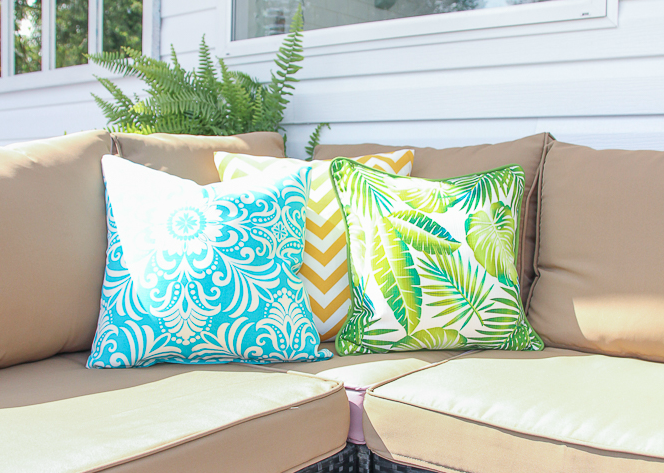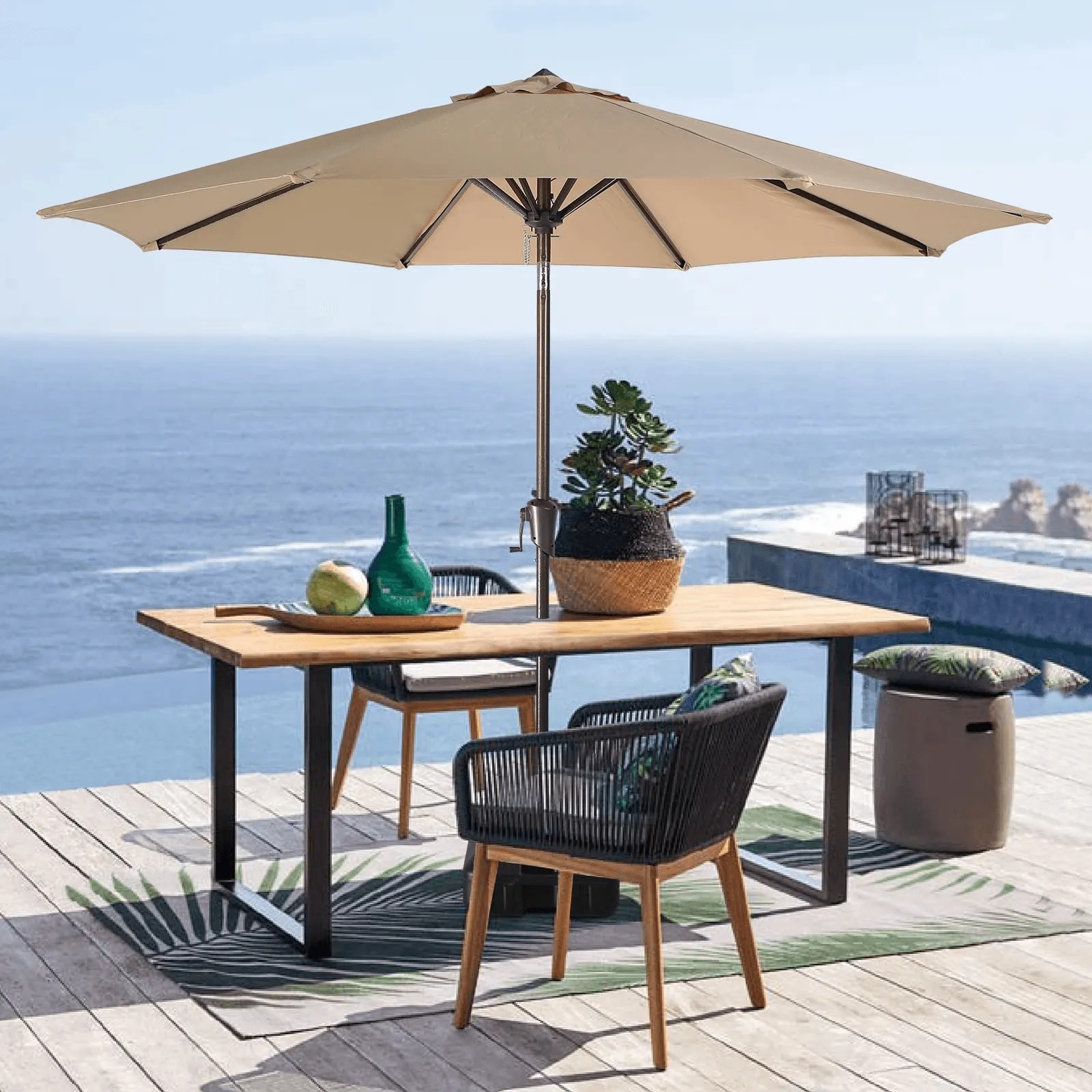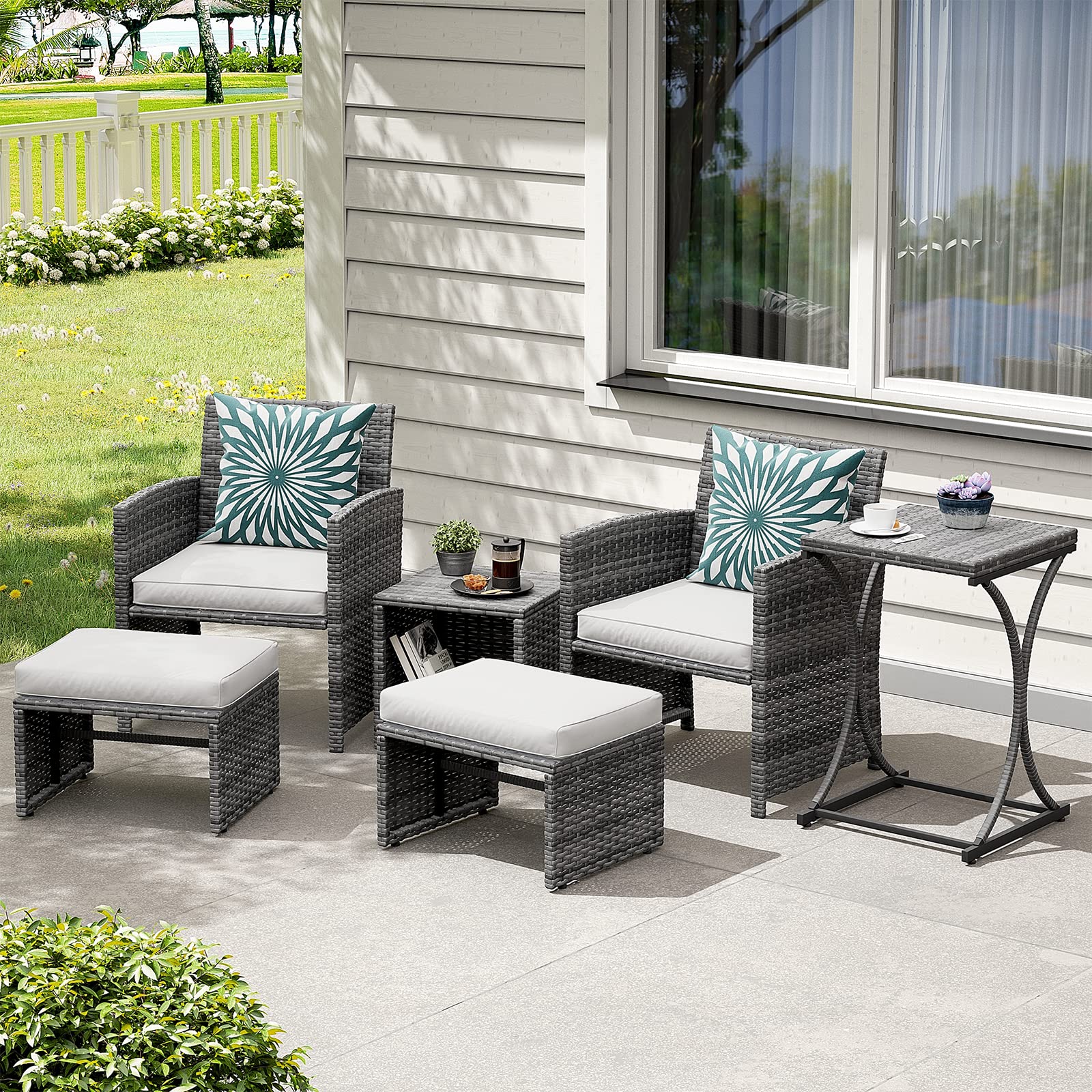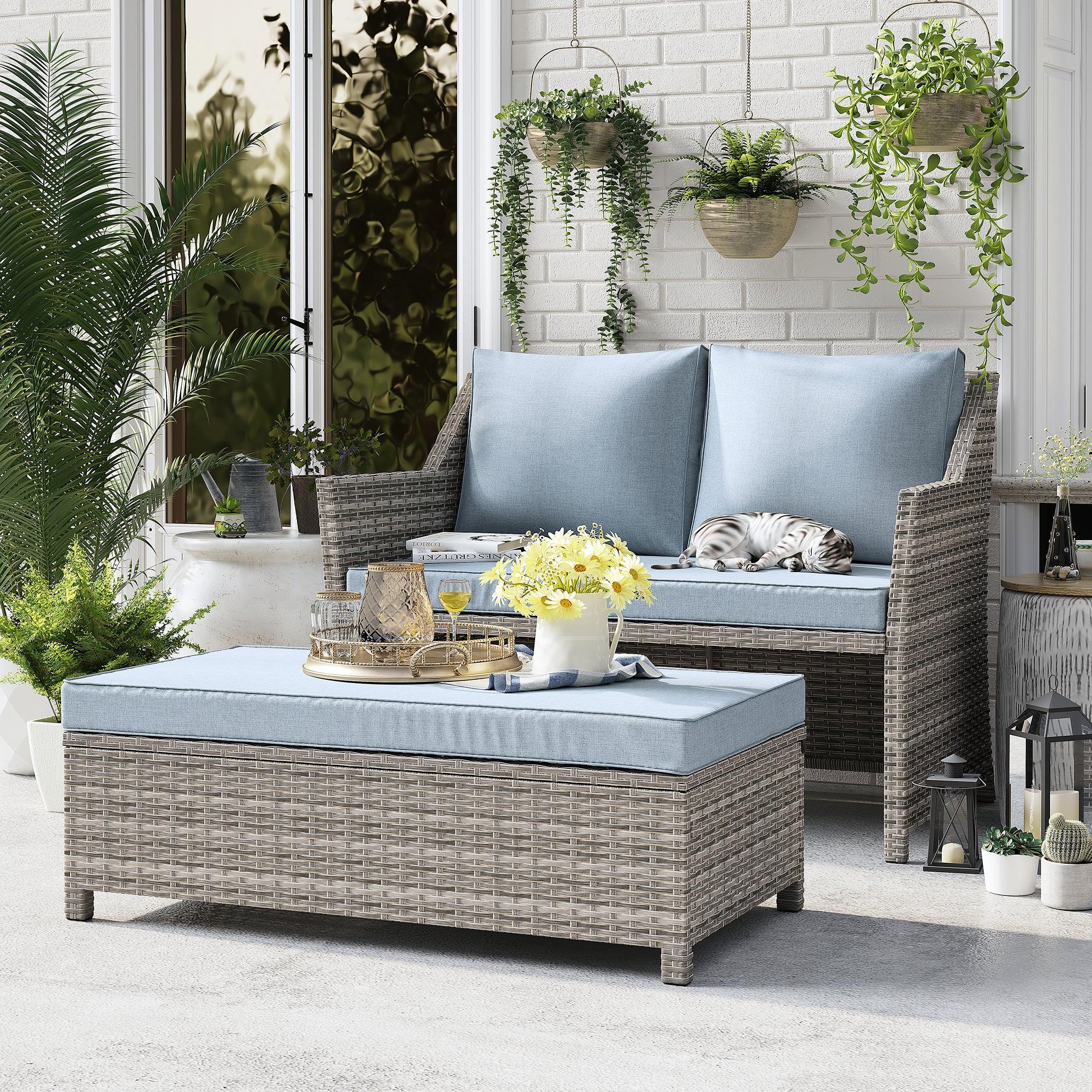How To Keep Scratch-Happy Cats Off Outdoor Wicker Furniture
How to keep scratch-happy cats off furniture
Pets Scratching is an instinctive behavior for our furry friends.
They scratch during play and when they’re stressed, and they scratch to mark territory and to remove worn-out claws. But if your cat’s scratching is clawing at your patience and leaving your outdoor furniture shredded to itsy-bitsy pieces, there are steps you can take to alter your feline friend’s behavior.
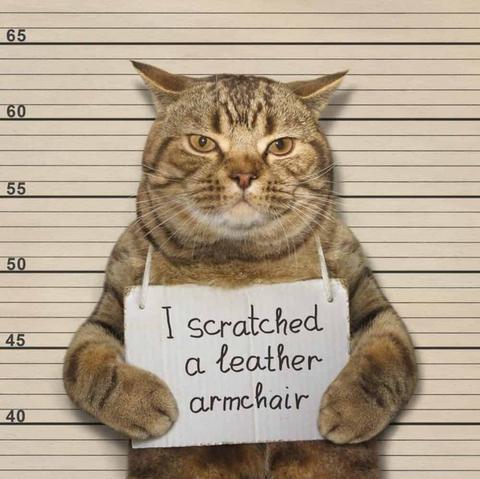
Let’s first talk about discouragement.
The first step is to make the surfaces your cat scratches less inviting. Whether your cat scratches the legs of a wooden table, the outdoor wicker furniture, or the upholstered corner of the couch, a simple herbal spray deterrent like No-Scratch may be all you need to make the surface less appealing. You can also try using Feliway, a pheromone spray that can be used to discourage a variety of behaviors. When cats scratch, they deposit a scent that marks their territory but replacing their scent with an unpleasant one can discourage repeat scratching. You can also try making the area unappealing by attaching sandpaper, an upside-down vinyl carpet runner or a double-sided tape to the scratching surface. Cats’ paws are extremely sensitive to touch, so changing the feel of the surface can easily discourage scratching.
Now, there are also other alternatives. Provide appealing places cats can sink their claws into like scratching posts, boards or wicker furniture. There’s a variety of such products available that run from the very basic to the extravagant — with scratching posts that lead to dangling toys and ceiling-high bridges. If your cat has been scratching furniture legs or door frames, purchase a piece of wooden cat furniture or a cedar scratching post. If he prefers softer surfaces like your rugs or couch, choose a carpeted post. Some cats prefer horizontal posts, while others like to scratch on vertical areas. To encourage your cat to scratch, add a pinch of catnip to the area or hang toys from the post. However, don’t force your cat into the new surface or drag his claws onto it. Trying to force the behavior could have the opposite response and make your cat fearful of the area. When your cat is scratching on the furniture or post that you’ve provided, reinforce this behavior by giving your cat affection or feeding him treats.
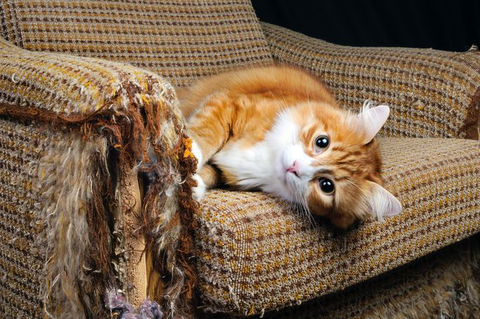
Now it’s time to dull those claws. The clip, and please don’t amputate!
Trimming your cat’s nails as part of a regular grooming routine is a good way to reduce damage to furniture and other household items. The American Society for the Prevention of Cruelty to Animals has some good tips on how to trim claws and how to train your cat to accept regular clipping. Some people declaw their cats to resolve scratching issues. However, “declawing” is a misleading term because it implies only the removal of claws while the procedure actually involves the amputation of the cat’s toes.
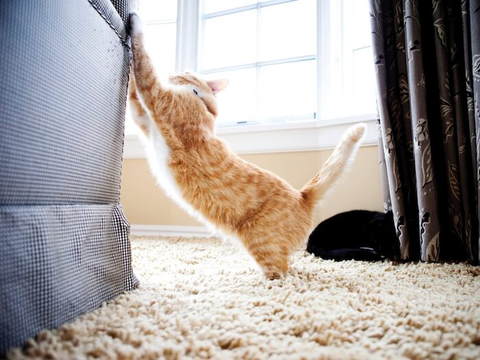
A study found that cats who have been declawed are more likely to have a hard time walking, which can lead to back pain. Declawing increases the risk of unwanted behaviors. The study found that declawed cats are seven times more likely to urinate where they’re not supposed to, four times more likely to bite and three times more likely to be aggressive than cats that have their claws.
Tendonectomy is an alternative surgery to declawing that severs the tendons in cat’s toes so they’re unable to extend their claws. However, both of these procedures are extremely painful and may result in infection, and the ASPCA discourages cat owners from pursuing these options. Several European countries have made such surgeries illegal because they’re considered cruel.



.jpeg?w=1600&h=1600)

